7 Health Benefits Of Parsnips, Nutritional Profile, & Recipes
Learn why and how you should include this nutritious root vegetable in your diet.

Image: Shutterstock
Parsnips are root vegetables with a rich nutritional profile. They have been cultivated around the world for centuries and are closely related to carrots. Parsnips benefits can be attributed to their rich nutrition profile. This root veggie can help boost your heart health, prevent birth defects, improve digestion, and enhance immune system function. This article explores the health benefits of parsnips, their nutrition profile, recipes, and potential side effects. Keep reading.
In This Article
How Are Parsnips Good For You?
Parsnips carry a striking resemblance to carrots, and the only way to differentiate them from carrots is their lighter hue (while carrots are a darker orange). A raw parsnip tastes somewhere between a carrot and a potato. It smells like fresh parsley.
The goodness of parsnips, like any other food, comes from their impressive nutrition profile. They contain potassium that boosts heart health, and folate that prevents congenital disabilities in newborns. Parsnips are also an excellent source of fiber and do everything that fiber does – enhance digestion, promote eye health, and regulate blood pressure levels.
 Trivia
TriviaLet’s check out the benefits this wonder root veggie has to offer.
Key Takeaways
- Parsnip, a root vegetable, is a source of fiber and contains potassium and folate.
- This vegetable can help boost your heart health, prevent birth defects, improve digestion, and enhance immune system function.
- Parsnips may cause allergies in some people, with common symptoms being rashes or a burning sensation on the lips, mouth, and throat.
How Can Parsnips Benefit Your Health?
1. Can Boost Heart Health
Parsnips are great sources of potassium, a mineral found to have great benefits for the heart. Adequate potassium intake is also important for the prevention of stroke and coronary heart disease (1).
Studies also show that increasing potassium intake can decrease heart disease risk by 17% and increase life expectancy by over 5 years.
Low potassium intake has also been identified as a risk factor for hypertension (2). As parsnips contain this mineral in abundance, consuming them can help regulate blood pressure levels – and eventually avert heart disease.
The soluble fiber in parsnips can help fight heart disease as it can lower LDL cholesterol levels.
2. Prevent Birth Defects

Parsnips are good sources of folate too, an important nutrient that helps prevent birth defects in newborns.
Certain studies show that folic acid (or folate) can cut the risk of birth defects of the spinal cord and the brain by as much as 70% (3). The most dangerous of these birth defects is spina bifida, wherein the baby is born with a part of the spinal cord outside the body.
3. Can Boost Digestion
The presence of soluble fiber makes parsnip an ideal food for banishing your digestion troubles. Soluble fiber helps by cutting the risk of constipation as it retains water and turns into a gel during digestion (4).
4. Can Improve Immunity
Parsnips are rich in vitamin C, a nutrient that helps boost immunity (5). Studies show that vitamin C enhances the immune system – its deficiency has been associated with impaired immunity. Vitamin C is also important in collagen synthesis, thus being a vital nutrient for healthy skin, hair, and nails.
Supplementation with vitamin C was also found to treat systemic and respiratory infections (6).
5. May Fight Anemia
Parsnips are rich in folate – and studies show that treatment with folate can help fight megaloblastic anemia (7).
6. May Boost Bone Health
Parsnips boast a rich supply of vital minerals—magnesium, calcium, phosphorus, and manganese, which are essential for bone development (8). Calcium and phosphorus are key in enhancing bone density and structure, preventing fractures, and reducing the risk of osteopenia (9). Additionally, as supported by research, magnesium plays a positive role in bone structural formation (10).
7. May Reduce Risk Of Cancer
Parsnips exhibit cancer-preventive properties, backed by recent research showcasing their anti-inflammatory effects. Studies reveal the presence of falcarinol, an active ingredient in parsnips, which has been shown to locate and eliminate cancer cells in the colon (11). Hence, incorporating this vegetable into your diet may lower the risk of developing colon cancer.
These are the ways adding parsnips to your diet can do you a whole lot of good. As we discussed, all of this can be attributed to the nutritional profile of the root vegetable.
What Is The Nutritional Profile Of Parsnips?
| Calorie Information | ||
|---|---|---|
| Amounts Per Selected Serving | %DV | |
| Calories | 99.7(417 kJ) | 5% |
| From Carbohydrate | 92.0(385 kJ) | |
| From Fat | 3.3(13.8 kJ) | |
| From Protein | 4.4(18.4 kJ) | |
| From Alcohol | ~(0.0 kJ) | |
| Carbohydrates | ||
| Amounts Per Selected Serving | %DV | |
| Total Carbohydrate | 23.9 g | 8% |
| Dietary Fiber | 6.5 g | 26% |
| Starch | ~ | |
| Sugars | 6.4 g | |
| Protein & Amino Acids | ||
| Amounts Per Selected Serving | %DV | |
| Protein | 1.6 g | 3% |
| Vitamins | ||
| Amounts Per Selected Serving | %DV | |
| Vitamin A | 0.0 IU | 0% |
| Vitamin C | 22.6 mg | 38% |
| Vitamin D | ~ | ~ |
| Vitamin E (Alpha Tocopherol) | 2.0 mg | 10% |
| Vitamin K | 29.9 mcg | 37% |
| Thiamin | 0.1 mg | 8% |
| Riboflavin | 0.1mg | 4% |
| Niacin | 0.9 mg | 5% |
| Vitamin B6 | 0.1 mg | 6% |
| Folate | 89.1 mcg | 22% |
| Vitamin B12 | 0.0 mcg | 0% |
| Pantothenic Acid | 0.8 mg | 8% |
| Choline | ~ | |
| Betaine | ~ | |
| Minerals | ||
| Amounts Per Selected Serving | %DV | |
| Calcium | 47.9 mg | 5% |
| Iron | 0.8 mg | 4% |
| Magnesium | 38.6mg | 10% |
| Phosphorus | 94.4 mg | 9% |
| Potassium | 499 mg | 14% |
| Sodium | 13.3 mg | 1% |
| Zinc | 0.8 mg | 5% |
| Copper | 0.2 mg | 8% |
| Manganese | 0.7 mg | 37% |
| Selenium | 2.4 mcg | 3% |
| Fluoride | ~ | |
Source: USDA Food Composition Databases
With such an amazing nutrition profile, who wouldn’t want to make parsnips a part of their daily diet? Check out the recipes in the next section.
Parsnip Recipes
Parsnips, with their versatility, are a nutritious alternative to potatoes in many dishes. Roasting brings out their natural sweetness, creating crispy and flavorful sides. You can easily mash them into a creamy puree, perfect for pairing with roasted meats. Their subtle sweetness also adds depth to soups and stews.
Don’t be afraid to get creative! Try substituting parsnips for potatoes in your favorite recipes – you might be surprised at how well they work. For example, parsnip fries are a delicious and healthier alternative to traditional potato fries. You can also roast them alongside other root vegetables like carrots and sweet potatoes for a vibrant and flavorful side dish that is packed with nutrients.
Here are some delectable Parsnips recipes that you’re sure to enjoy, adding a nutritional twist to your meals.
1. Parsnip Puree
Ingredients
- 1 pound of thinly sliced parsnips
- ½ cup of heavy cream
- ½ cup of 2% milk (may use whole milk)
- 2 thinly sliced garlic cloves
- 2 tablespoons of unsalted butter
- Kosher salt
How To Prepare
- Bring the parsnips, cream, milk, garlic, and the butter to a boil in a medium saucepan.
- Reduce heat, cover, and simmer until the parsnips turn very soft. This might take about 10 to 15 minutes.
- Uncover and keep cooking until the liquid is reduced by half. This may take about 5 minutes.
- Season with salt and puree in a blender until you get a smooth mixture.
2. Butter Fried Parsnips
Ingredients
- 6 peeled parsnips, quartered lengthwise
- ½ teaspoon of seasoning salt
- ½ cup of melted organic butter
- ¼ cup of all-purpose coating
How To Prepare
- Cover the parsnips in water in a large saucepan. Boil over medium-high heat for about 10 minutes until tender. Drain the water.
- Combine the flour and seasoning salt in a plastic bag. Dip the parsnips in the butter and place them in the bag. Shake the bag to coat the parsnips with the seasoned flour.
- In a large skillet over medium-high heat, heat the butter. As the butter sizzles, add parsnips.
- Keep cooking, turning occasionally, until all sides turn golden brown.
Mark, a blogger, shares insights into growing parsnips, discussing the love-hate relationship people have with this vegetable. He mentions, “Parsnips roasted in some lard until they are golden are amazingly good, and cooked as chips in our Actifry machine they are, as the saying goes, “To die for!” (i)”
In a survey done on 1,640 adults in Great Britain, people were asked about their preferred Sunday roast. Of all, 49% favored roast parsnips, 2 percent preferred boiled parsnips, and the majority of 89% opted for roasted potatoes. The other most preferred options were gravy, Yorkshire pudding, boiled broccoli, etc.
Absolutely delectable dishes, aren’t they? Quite simple to prepare and extravagantly nutritious too! We are sure you can’t wait to head to your kitchen right away.
 Did You Know?
Did You Know?Hold on – there is something else about parsnips you’ve got to know.
Do Parsnips Have Any Side Effects?
Parsnips may cause allergies in certain individuals. Such people may also experience contact dermatitis. Rashes or a burning sensation on the lips, mouth, and throat are some of the possible side effects. If you experience any of these effects, please stop consuming it and visit your doctor.
Avoid parsnip leaves. Just stick to the root. The leaves can cause skin blistering.
Avoid wild parsnips. These are found in open areas, fields, and pastures. They have yellowish-green flowers appearing in umbrella-shaped clusters, usually in June and July. Please avoid them at all costs as they are toxic. Livestock eating wild parsnips were found to experience negative effects on their fertility and weight (12).
Infographic: Nutrition Profile And Benefits Of Parsnips
Parsnips have the smell of parsley and bear a striking resemblance to carrots. They are one of the most nutritious vegetables loaded with many beneficial nutrients that enhance your health in numerous ways. The following infographic provides information about the major nutrients found in parsnips and the benefits they offer. Check it out!
![nutrition profile and benefits of parsnips [infographic]](https://cdn2.stylecraze.com/wp-content/uploads/2022/08/Nutrition-Profile-And-Benefits-Of-Parsnips.jpg.webp)
Parsnips are delicious root vegetables with a rich nutritional profile. They are rich in dietary fiber and vitamin C, which help treat many ailments. Parsnips benefit your health in many ways. They may boost heart health, prevent congenital disabilities, improve digestion, promote immune health, and fight anemia. You can prepare many simple recipes with parsnips at home easily. However, they may cause rashes and blisters and negatively affect fertility and body weight in some individuals. Hence, consume them in moderation and consult your doctor if you experience any emergencies.
Frequently Asked Questions
Are parsnips better than potatoes?
Possibly. There is a higher level of dietary fiber and minerals such as phosphorus, zinc, copper, and magnesium found in parsnip. It also contains vitamins B1, B5, K, E, and folate. However, potato benefits can’t be understated as well. They are a good source of potassium, iron, and vitamins B3, B6, and C and have a lower glycemic index (9), (10).
Are parsnips a superfood?
Yes. Parsnips are a good source of carbohydrates, dietary fiber, vitamins, and minerals that make them a nutritionally dense superfood.
Is parsnip anti-inflammatory?
Yes. Parsnip contains compounds such as angelicin that have anti-inflammatory properties. It inhibits nitric oxide production in macrophages (11).
Are parsnips healthier than carrots?
Possibly. Parsnip contains 85.5% less sodium compared to carrots and contains more iron, potassium, magnesium, copper, zinc, and phosphorus (10), (12).
Is parsnip good for arthritis?
Possibly. According to anecdotal evidence, parsnip’s anti-inflammatory compounds may help provide relief from arthritis.
Which is better: a turnip or a parsnip?
Parsnip. It is richer in vitamins, minerals, and dietary fiber than turnips (10), (13).
Are parsnips good for weight loss?
Possibly. Parsnips have fewer calories and are richer in dietary fiber. The fiber content may help you feel satiated and reduce weight (10), (14).
Are parsnips high in sugar?
Yes. Parsnips contain about 7.5 g of sugar per 100 grams (10).
Are parsnips keto-friendly?
No. The high carb content of parsnips makes them unsuitable for keto diets (10).
Parsnips are known to have unexpected health benefits. Take a look into its nutritional wonders and see how best you can incorporate parsnips into your diet for a healthier lifestyle. Click here to watch the video!
Personal Experience: Source
StyleCraze's articles are interwoven with authentic personal narratives that provide depth and resonance to our content. Below are the sources of the personal accounts referenced in this article.
(i) Success with Parsnips (or not)https://marksvegplot.blogspot.com/2018/01/success-with-parsnips-or-not.html
References
Articles on StyleCraze are backed by verified information from peer-reviewed and academic research papers, reputed organizations, research institutions, and medical associations to ensure accuracy and relevance. Read our editorial policy to learn more.
- “Potassium and health” Advances in Nutrition, US National Library of Medicine.
- “Heart disease and stroke statistics” American Heart Association.
- “Folic acid: the vitamin that helps prevent…” New York State Department of Health.
- “Soluble and insoluble fiber” US National Library of Medicine.
- “Roasted parsnip celeriac soup” Bastyr University.
- “Vitamin C and immune function” Nutrients, US National Library of Medicine.
- “Folate and disease prevention” Scientific Advisory Committee on Nutrition.
- “The role of nutrients in bone health, from A to Z” National Library of Medicine.
- “Calcium, phosphorus, and osteoporosis” National Library of Medicine.
- “Magnesium promotes bone formation and angiogenesis by enhancing MC3T3-E1 secretion of PDGF-BB” Biochemical and Biophysical Research Communications.
- “Aliphatic C(17)-polyacetylenes of the falcarinol type as potential health promoting compounds in food plants of the Apiaceae family” National Library of Medicine.
- “Wild parsnip” Michigan Invasive Species.
Read full bio of Elisa Olivier-Nielsen
Read full bio of Ravi Teja Tadimalla
Read full bio of Arshiya Syeda
Read full bio of Aparna Mallampalli






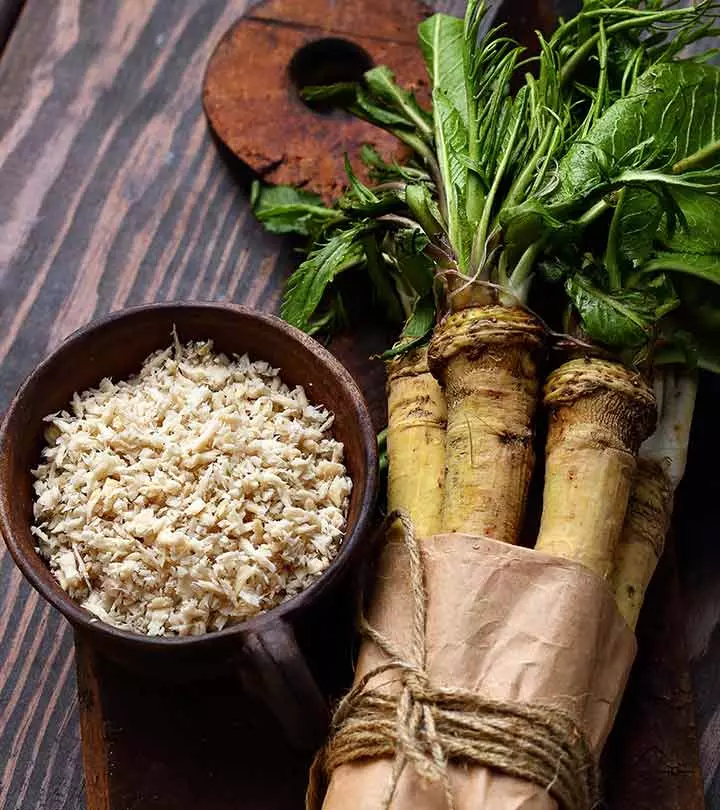








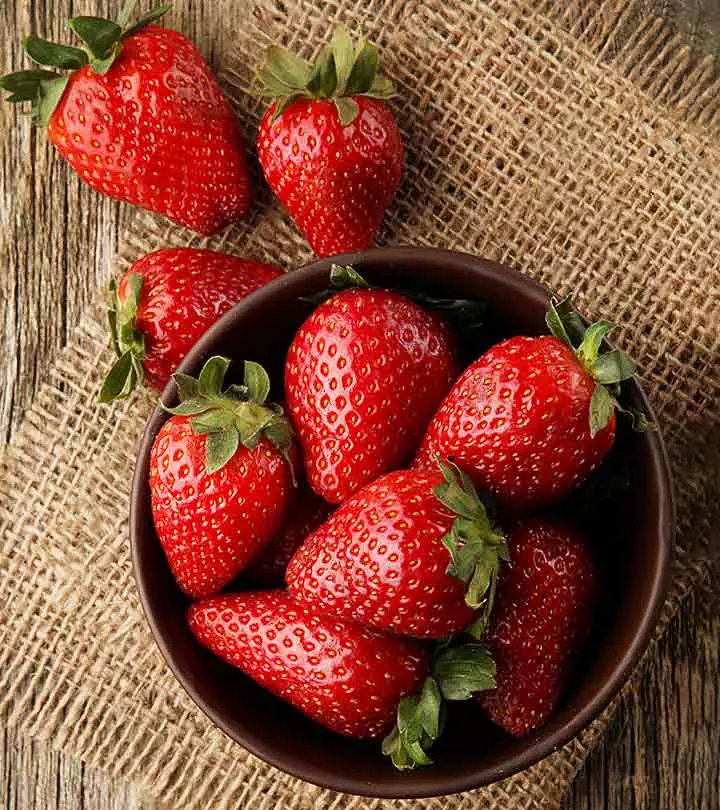

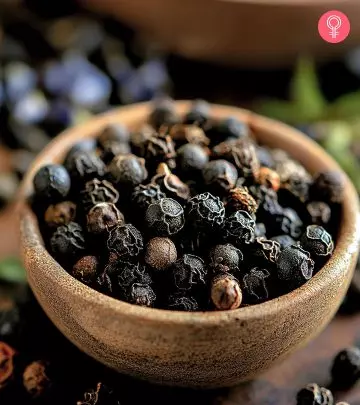
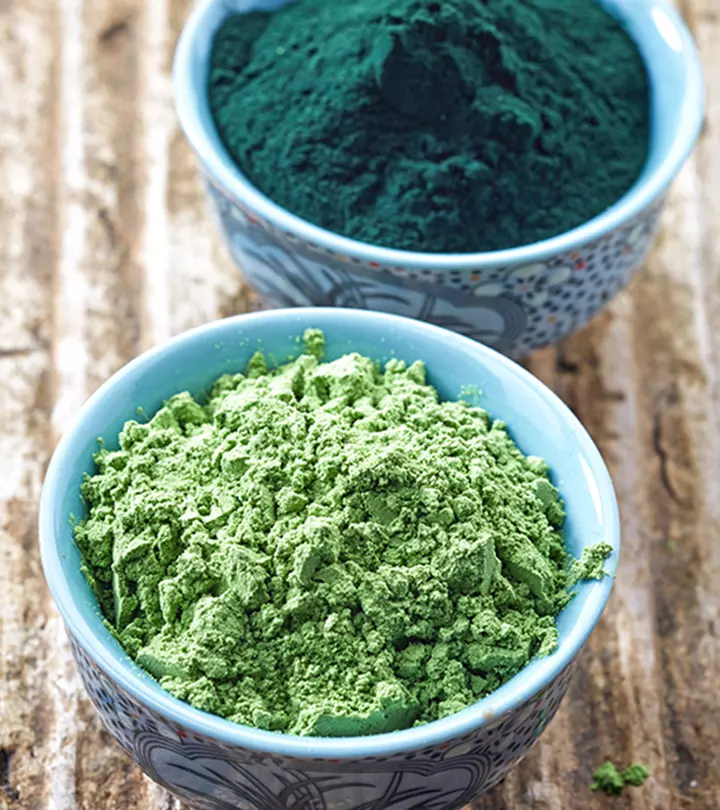



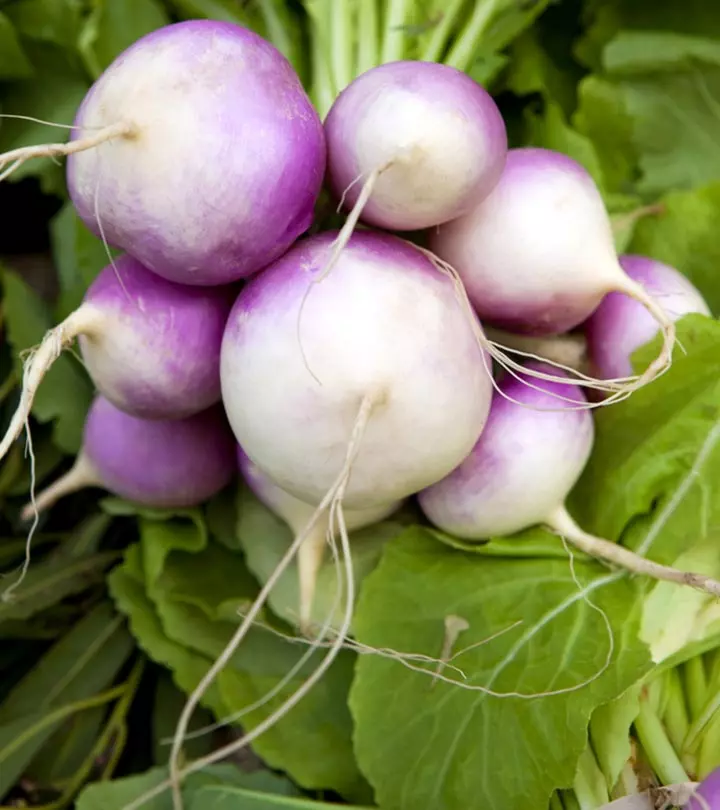




Community Experiences
Join the conversation and become a part of our empowering community! Share your stories, experiences, and insights to connect with other beauty, lifestyle, and health enthusiasts.